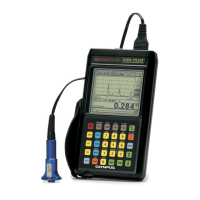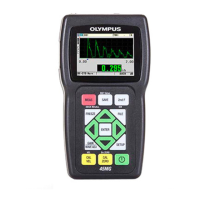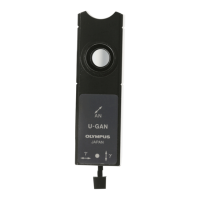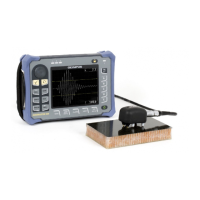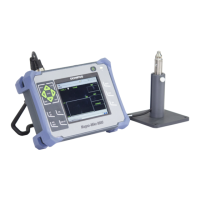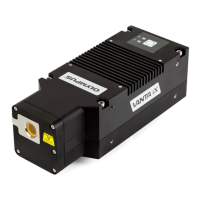DMTA-10004-01EN, Rev. D, November 2016
Chapter 7
94
7.3.1 Steam Boiler Tube Scale
The very high temperatures found inside steam boilers (over 500 °C or 1000 °F) can
cause the formation of magnetite (a specific type of hard and brittle iron oxide), on the
inside and outside surfaces of steel boiler tubes. At very high temperatures, water
vapor reacts with the iron in the steel to form magnetite and hydrogen, according to
the following formula:
3 Fe + 4 H
2
0 = Fe
3
O
4
+ 4 H
2
The speed of this reaction increases with temperature. Oxygen atoms diffuse inward
through the magnetite layer, and iron atoms diffuse outward, so that scale continues
to grow even after the tube surface is completely covered.
Magnetite scale acts as a thermal insulation on the pipe, since the thermal
conductivity of the scale is approximately 3 % of that of steel. When heat no longer
radiates efficiently from the flame through the tube and into the steam within, the
tube wall heats to temperatures beyond intended operating range. Long term
exposure to overly high temperatures, combined with the very high pressure inside
the tube, leads to intergranular micro-cracking in the metal and to creep deformation
(slow swelling or bulging of the metal). This eventually leads to tube failure.
The growth of magnetite scale and associated metal damage are primary limiting
factors for boiler tube service life. The process begins slowly and then accelerates. As
the scale grows thicker, the tube wall becomes hotter, which in turn increases the rate
of both scale growth and metal damage. Studies in the power generation industry
indicate that the effect of scale is relatively insignificant up to thicknesses of
approximately 0.3 mm (0.012 in.). Beyond that thickness, the negative effects of scale
increase rapidly. Measurement of scale thickness allows a plant operator to estimate
remaining tube service life and to identify and replace tubes that are approaching the
failure point. Ultrasonic testing with the 38DL PLUS provides a quick and
nondestructive method for measuring scale.
Table 5 Oxide layer transducers
Transducer Minimum internal scale thickness
M2017 [U8415002] 0.254 mm (0.010 in.)
M2091 [U8415018]
normal incident shear
0.152 mm (0.006 in.)

